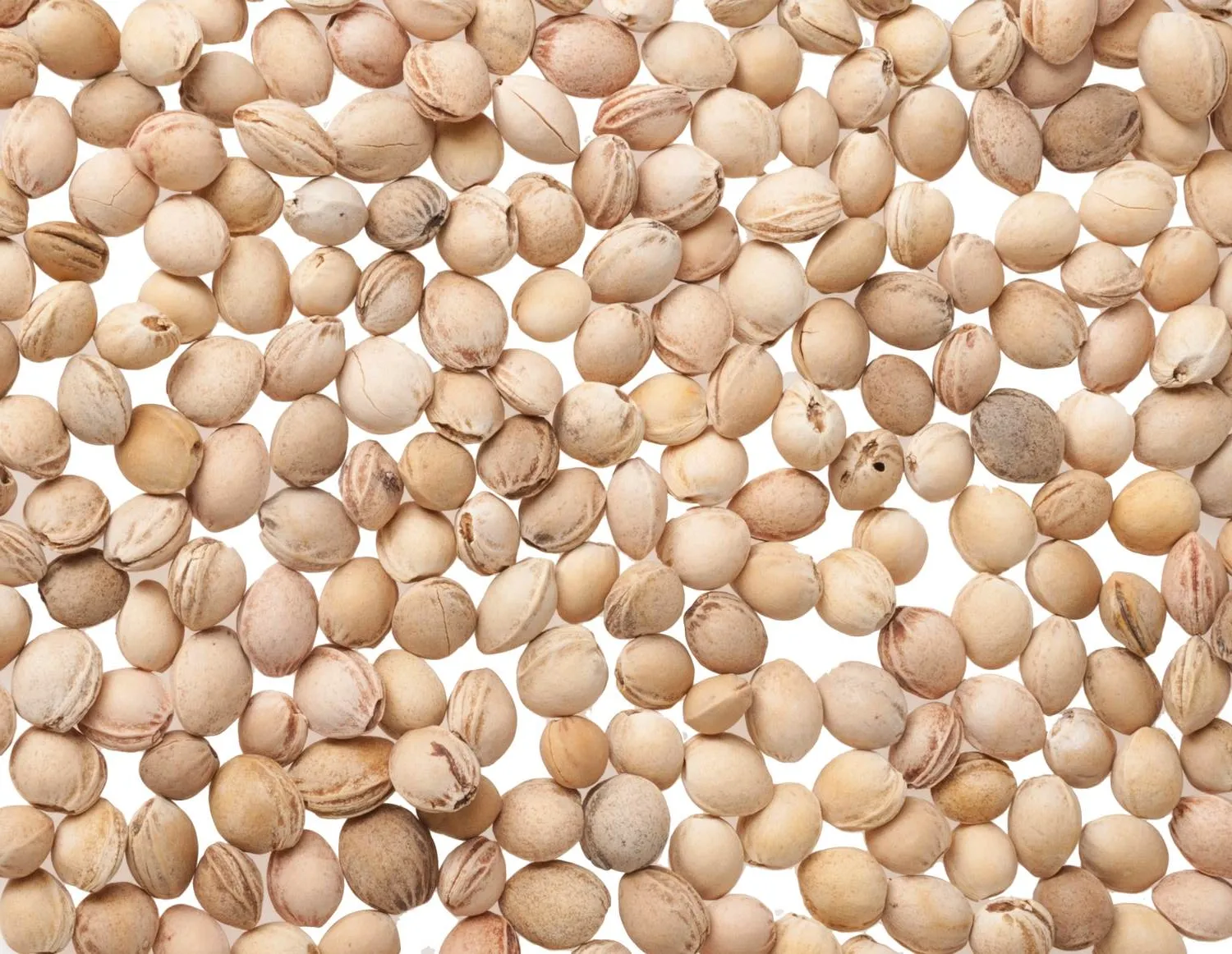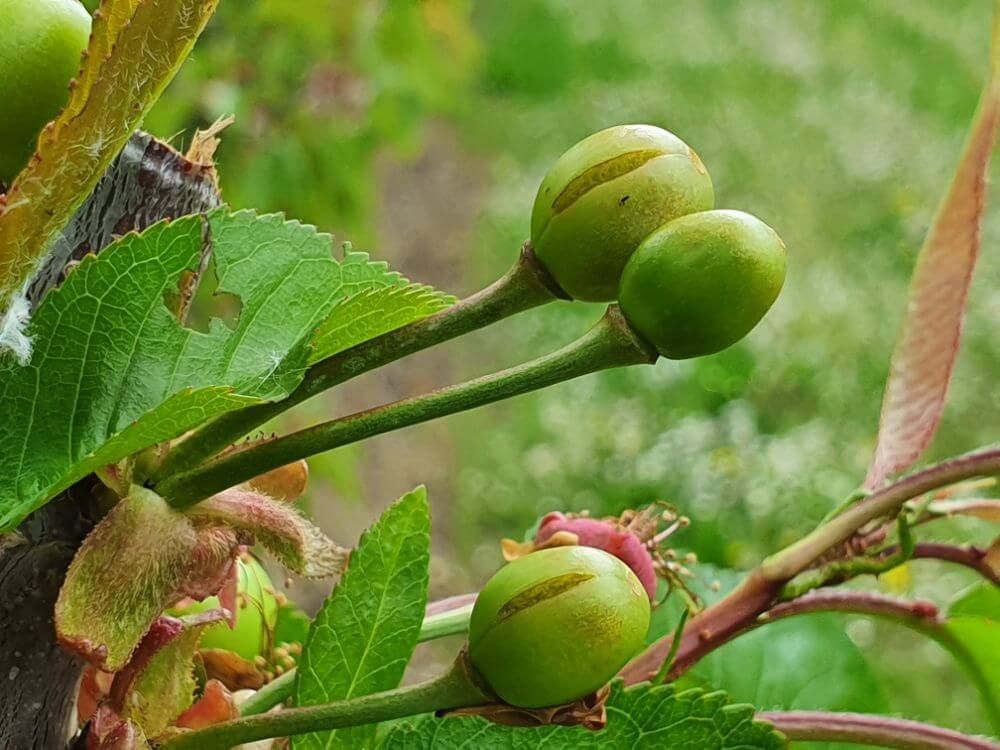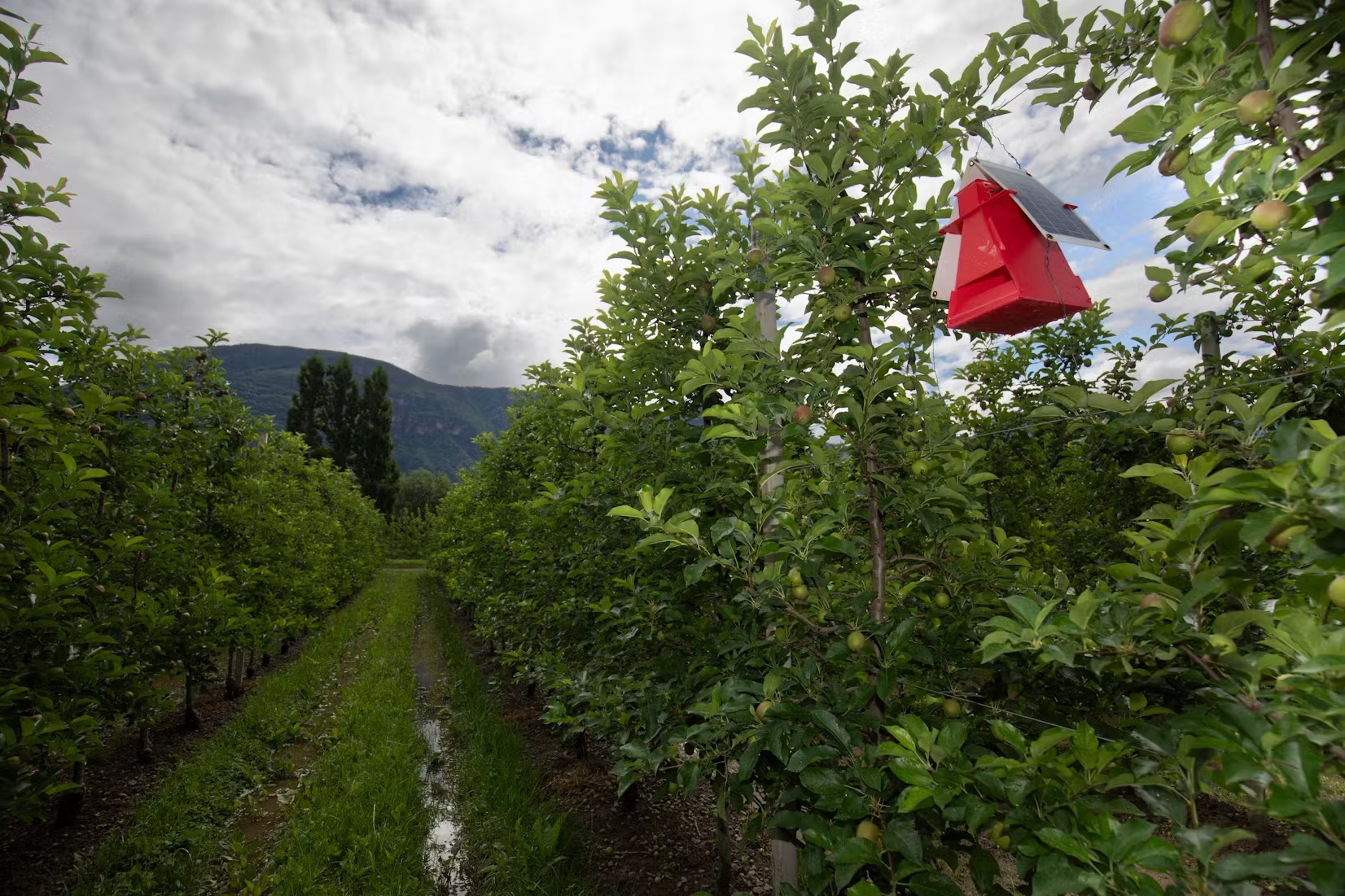Wastewater from the textile industry frequently contains substantial amounts of cationic dyes that are carcinogenic and mutagenic. One of the most frequently used dyes in the textile and paper printing industries is brilliant green, a synthetic and toxic dye. It is also used in industrial production as a dermatological agent, bacteriological marker, and poultry feed additive to prevent the development of fungi. Brilliant green is recognized as a dye that poses significant health risks to living organisms.
But where is the connection between toxic dyes and fruit cultivation?
The purification of contaminated water is crucial to promote the reuse of this scarce resource and, above all, to prevent further environmental contamination. Moreover, on a global scale, waste valorization is emerging as a crucial element of sustainable development. This approach promotes the use of organic waste materials to reduce environmental impact and promote resource efficiency.
The reuse of fruit pits, which are by-products of the food industry, not only prevents their disposal in landfills but also provides new value to these by-products, in accordance with the principles of the circular economy.
Countries like Serbia, which is renowned for its extensive tradition in fruit cultivation - with peaches, plums, and sour cherries among the most prevalent fruits - can successfully utilize the residues by transforming them into biochar. This compound is obtained from the thermal decomposition of biomass in an anoxic environment (that is, with little oxygen present). Thanks to its particular structure, biochar is able to adsorb and immobilize enzymes useful for the degradation of toxic substances.
In Serbia, they examined the adsorption potential of the enzyme laccase on biochar synthesized from chemically modified waste biomass, particularly cherry, peach, and plum pits. The innovation of this study lies in the creation of an economical solution that effectively removes a toxic pigment by integrating biochar with a biocatalyst. The results showed that a high immobilization efficiency (up to 66%) can be achieved.

However, to facilitate the process, it is necessary to achieve optimized conditions, which include a temperature of 40 °C, a pH of 5, and an incubation time of 4 hours. Although the immobilization of laccase enzyme is highly efficient and the results of dye degradation are promising, there are some aspects that require further investigation. Furthermore, further research is needed to determine the long-term stability and reusability of the immobilized enzyme in complex environments such as those where wastewater is treated.
The practical value of the system could certainly be improved by testing it under real industrial conditions, while the scope of application could be expanded by investigating different types of enzymes and the degradation activities on other pollutants. The challenge is to maintain a consistent quality of biochar during large-scale production; this is because there could be issues during the scalability of the immobilization process, which risk complicating the industrial applications of this technology.
In conclusion, the tested system has the potential to become a sustainable and versatile solution for environmental management, especially in light of current results that highlight the economic feasibility and environmental benefits of using fruit pits (i.e., waste biomass) for enzyme immobilization.
Source: Antanasković, A.; Lopičić, Z.; Dimitrijević-Branković, S.; Ilić, N.; Adamović, V.; Šoštarić, T.; Milivojević, M. Biochar as an Enzyme Immobilization Support and Its Application for Dye Degradation. Processes 2024, 12, 2418. https://doi.org/10.3390/pr12112418.
Images: Opitec
Melissa Venturi
University of Bologna (IT)
Cherry Times - All rights reserved













